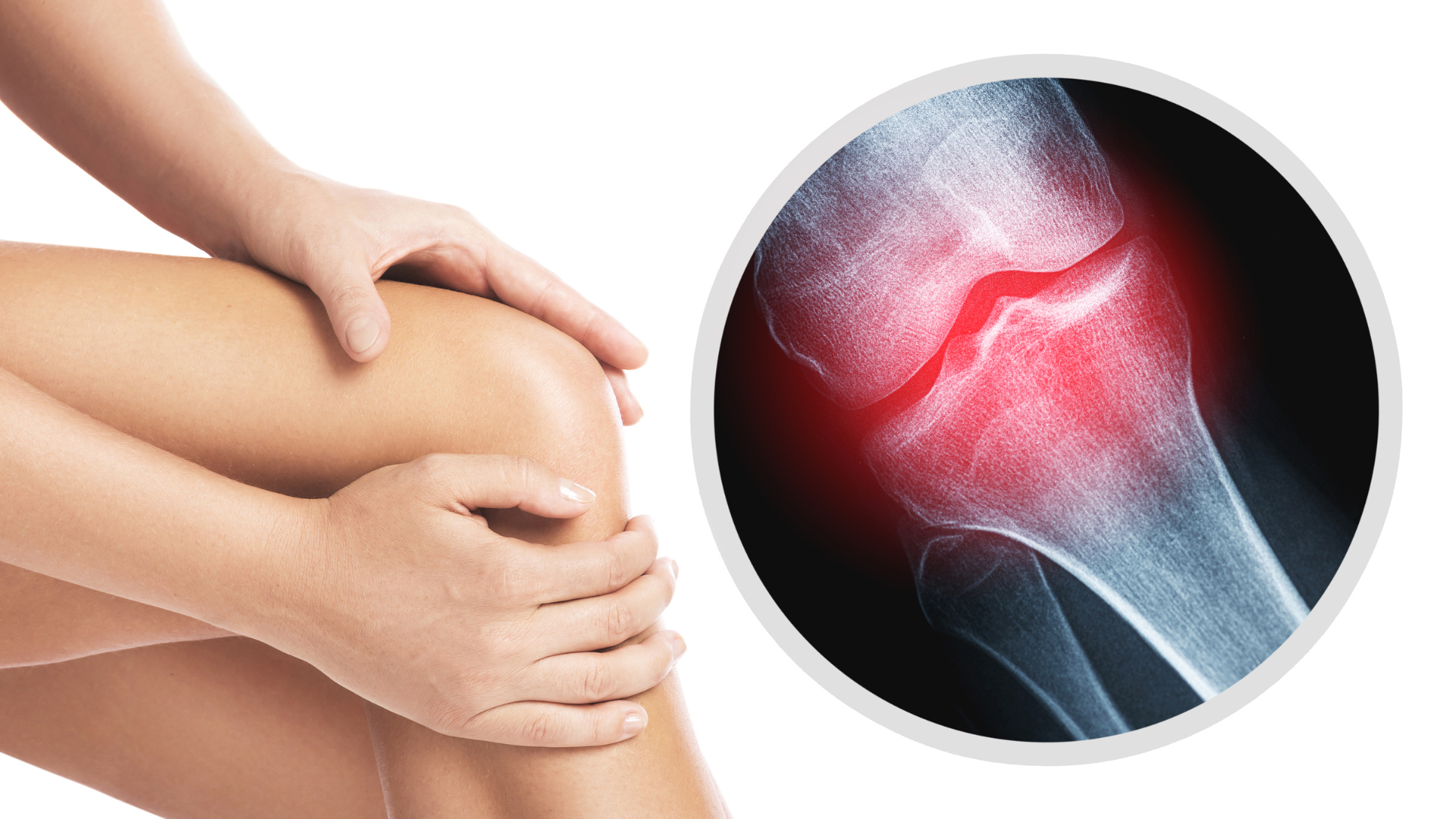
Osteoarthritis (OA) is a degenerative joint condition affecting over 528 million people worldwide, with the knee being the most frequently affected joint. The prevalence of OA has increased by 113% since 1990, and it is expected to continue to rise due to aging populations and increasing rates of obesity and injury.
Two notable options in OA treatments are Cingal and Monovisc. Cingal includes an ancillary steroid for additional short-term pain relief. At the same time, Monovisc is indicated for patients who have failed to respond adequately to conservative non-pharmacologic therapy and simple analgesics. These treatments represent significant advancements in managing OA symptoms.
In this article, we will compare Cingal and Monovisc, exploring their efficacy, usage, and how they can contribute to the management of OA.
Key Takeaways
- Cingal combines hyaluronic acid with a steroid for quick pain relief in knee osteoarthritis, showing better short-term results than Monovisc, which uses only hyaluronic acid.
- Both treatments aim to improve joint movement and decrease pain but have different side effects. Cingal may cause issues like injection site pain or swelling, while Monovisc’s effects are often milder.
- Clinical studies find Cingal offers significant pain reduction up to 3 weeks post-injection compared to Monovisc and saline solutions.
- Making the correct choice between Cingal and Monovisc depends on whether immediate or long-lasting relief is more important for the patient.
About: DoctorMedica is your trusted supplier of top-quality dermal fillers, viscosupplements, and more for your medical practice. We offer genuine products from leading brands at the lowest prices in the market. If you’re looking to buy Cingal wholesale for your practice, the sales representatives at Doctor Medica can give you guidance.
Introduction to Viscosupplementation and Its Role in OA Management
Viscosupplementation is a treatment in which doctors inject hyaluronic acid into the knee joint. This helps with osteoarthritis pain. The fluid acts like the natural stuff in our knees, keeping them moving smoothly.
Viscosupplementation is crucial in managing knee osteoarthritis (OA) because it directly addresses the symptoms of pain and reduced mobility. By replenishing hyaluronic acid, the treatment helps to alleviate pain, improve joint function, and enhance the quality of life for OA patients. This non-surgical approach is particularly beneficial for those who have not responded well to other treatments like physical therapy or pain medications.
Cingal and Monovisc are two types of these treatments. Cingal mixes hyaluronic acid with a steroid for quick pain relief. Studies have shown that Cingal offers significant improvements in pain and joint function compared to other treatments.
On the other hand, Monovisc focuses on using hyaluronic acid to manage OA pain and improve joint lubrication. Both treatments are vital in offering relief and improving mobility for those suffering from this degenerative joint disease.
Composition and Mechanism of Action

Cingal hyaluronic acid injections are a unique treatment for knee osteoarthritis because they combine hyaluronic acid with an ancillary steroid, triamcinolone hexacetonide. This combination lets Cingal deliver long-lasting relief from severe pain.
Studies also show that Cingal provides significantly more pain reductions than Monovisc or saline alone up to three weeks post-injection. This difference highlights the benefit of including the steroid for swift action against pain.
Monovisc presents a distinct approach from Cingal for knee osteoarthritis relief. Composed purely of hyaluronic acid, Monovisc lacks the ancillary steroid that Cingal uses to achieve short-term pain alleviation. This single-injection treatment is designed for patients with radiologically confirmed knee OA, aiming to improve joint function and reduce pain without incorporating steroids.
Clinical Efficacy and Patient Outcomes

Exploring viscosupplementation treatments for osteoarthritis (OA) brings us to a keen comparison between Cingal and Monovisc, two leading interventions in managing OA pain and mobility issues. This comparison leans heavily on clinical findings and patient outcomes to discern the most effective approach between the two.
| Clinical Aspect | Cingal | Monovisc |
| Pain Reduction Efficacy | Significantly more significant pain reductions than both Monovisc and saline up to 3 weeks post-injection | Monovisc has been shown to provide effective osteoarthritis knee pain relief for up to six months. |
| Comparative Studies | Intraarticular Injection of a Cross-Linked Sodium study showed that Cingal was significantly better for most endpoints at 1 and 3 weeks. | Randomized into 2:2:1 to a single injection of Monovisc for subjects with radiologically confirmed knee OA |
| Additional Components | Includes an ancillary steroid for short-term pain relief | Indicated in the treatment of pain in osteoarthritis without ancillary steroids |
| Study Sample and Duration | Randomized 4:4:1 ratio into the Cingal, Monovisc, or Triamcinolone Hexacetonide arms | Eligible subjects with radiologically confirmed knee OA studied over 39 weeks |
Safety Profiles and Side Effects

Cingal is a treatment for knee osteoarthritis that combines hyaluronic acid with a corticosteroid to relieve pain. It helps many people, but it can have side effects like all treatments.
Here are the common side effects linked to both treatments, but they usually don’t last long and go away on their own:
- Pain at the Injection Site: Some patients report feeling pain right where they got their shot.
- Swelling and Warmth in the Knee: After getting Cingal, the knee might swell up and feel warmer than usual.
- Bruising Around the Injection Area: A bruise might appear where the needle went in.
- Headache: A few patients experience headaches after their treatment.
- Nausea: It’s uncommon, but some people feel sick after getting Cingal or Monovisc.
- Muscle pain: There could be muscle pain around the treated area.
- Itching at the Injection Site: The place where you get your shot might itch for a while.
- Rash: A rash could develop near where you received your injection.
- Dizziness: Few individuals feel light-headed or dizzy post-treatment.
Practical Considerations When Choosing Between Cingal or Monovisc
The injection protocols and frequency of administration differ between Cingal and Monovisc. Cingal is typically administered as a single intra-articular injection, combining the benefits of hyaluronic acid and corticosteroid in one session. In contrast, Monovisc may require multiple injections, usually given weekly for three to four injections.
The cost considerations for Cingal and Monovisc also vary, with Cingal generally being more expensive due to its combination formulation and potentially more prolonged duration of pain relief.
Healthcare providers should consider these practical considerations, along with the clinical efficacy and safety profiles, when choosing the most suitable viscosupplementation treatment for their patients.
Conclusion
Are you choosing between Cingal and Monovisc for OA knee pain? It’s all about what your body needs. Cingal might kick in fast, adding that steroid punch for quicker relief. Monovisc keeps it simple with hyaluronic acid, aiming for lasting comfort.
Studies show Cingal might edge out at first, but both bring their A-game to ease your knees. So, talk it out with your doctor. Your perfect match in OA treatment is just a chat away.
FAQs
1. What is Monovisc?
Monovisc treats knee pain caused by osteoarthritis by mixing steroids and hyaluronic acid.
2. How does Cingal compare to other OA treatments?
It’s like getting the best of both worlds – quick relief from steroids and long-lasting help from hyaluronic acid.
3. Is getting a Monovisc injection painful?
Most people find it pretty manageable, like a quick pinch.
4. How long does it take for Monovisc to work?
Some folks feel better in just a few days, but it varies from person to person.
5. Will I need more than one Cingal treatment?
Usually, one shot can do the trick for quite some time; your doctor will let you know if you need more.
References
World Health Organization. (2023, July 14). Osteoarthritis. World Health Organization. Retrieved from https://www.who.int/news-room/fact-sheets/detail/osteoarthritis
McCormack, R., Lamontagne, M., Vannabouathong, C., Deakon, R. T., & Belzile, E. L. (2017). Comparison of the 3 Different Injection Techniques Used in a Randomized Controlled Study Evaluating a Cross-Linked Sodium Hyaluronate Combined With Triamcinolone Hexacetonide (Cingal) for Osteoarthritis of the Knee: A Subgroup Analysis. Clinical medicine insights. Arthritis and musculoskeletal disorders, 10, 1179544117725026. https://doi.org/10.1177/1179544117725026
Monovisc. (n.d.). For Professionals. Monovisc. https://monovisc.ca/en/professionals
Related Articles
Joanna Carr
Juvederm Filler for Jowls: Restoring Facial Contours
Juvederm fillers are a practical option for restoring facial contours and addressing jowls. Read more in this comprehensive guide.
Joanna Carr
The Ultimate Pre-Botox Checklist: What You Need to Know Before Your Treatment
Prepare for your Botox treatment with our ultimate checklist. Discover what you need to know before your appointment. Click here!
Joanna Carr
Nabota Administration Technique and Information for Professionals
Nabota is a botulinum toxin type A product used for both cosmetic and therapeutic purposes, known for its high purity and rapid onset of action.


